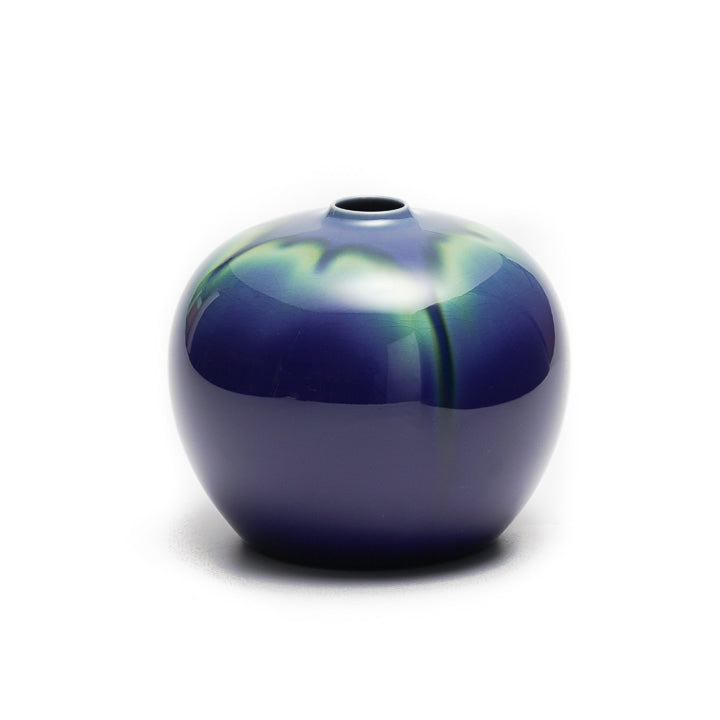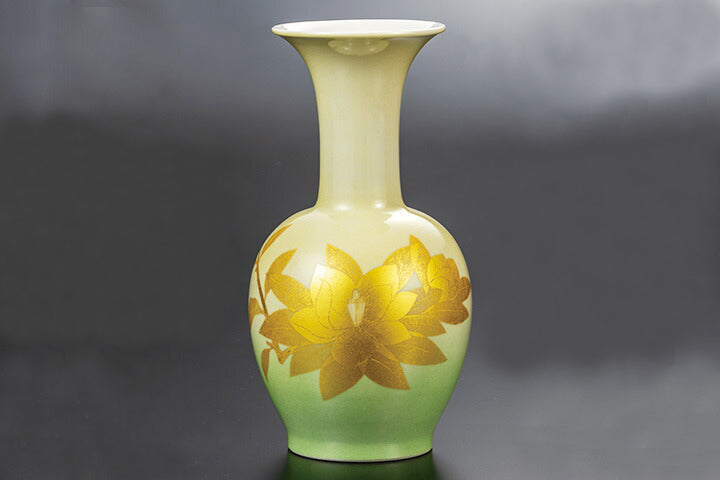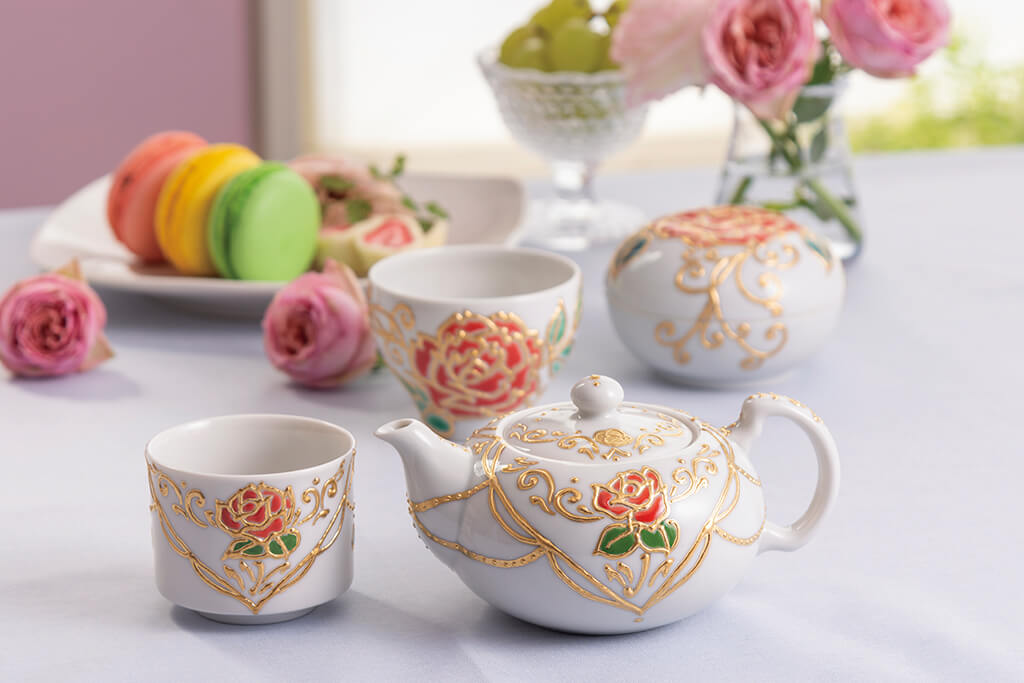Sometsuke is white porcelain with only indigo painting. It is different from color-painted porcelain, and has a more profound beauty and flavor. In the first place, Sometsuke is a stage in the production process of colored porcelain before the painting of the colors. In the process of somezuke, a pattern or picture is painted on the unglazed base using a pigment called gosu, glazed, and fired, and the subsequent process of color painting is omitted to complete the process. The surface of unglazed pottery is rough, and it requires skillful techniques to draw beautiful lines with gosu. Therefore, when we see patterns or flowers, birds, winds, and the moon painted only with gosu, we are impressed by the high level of skill. Above all, I am also attracted by the purity of the work, which does not rely on color.





















